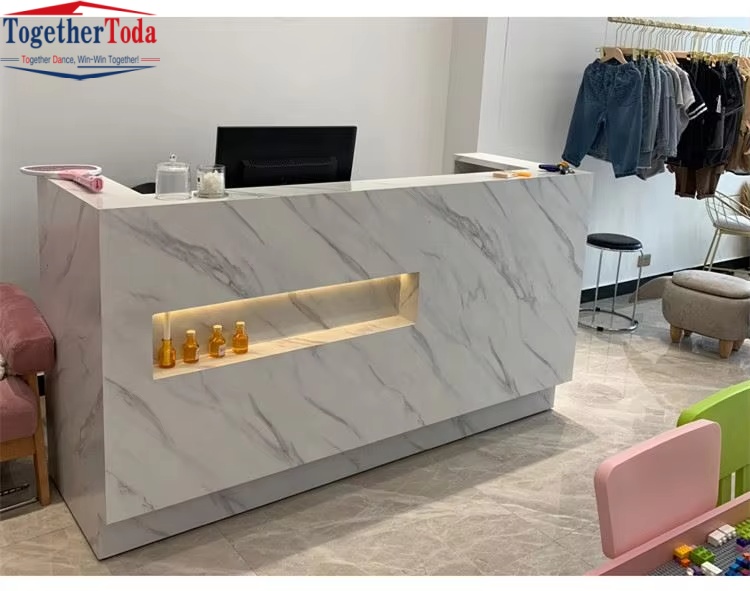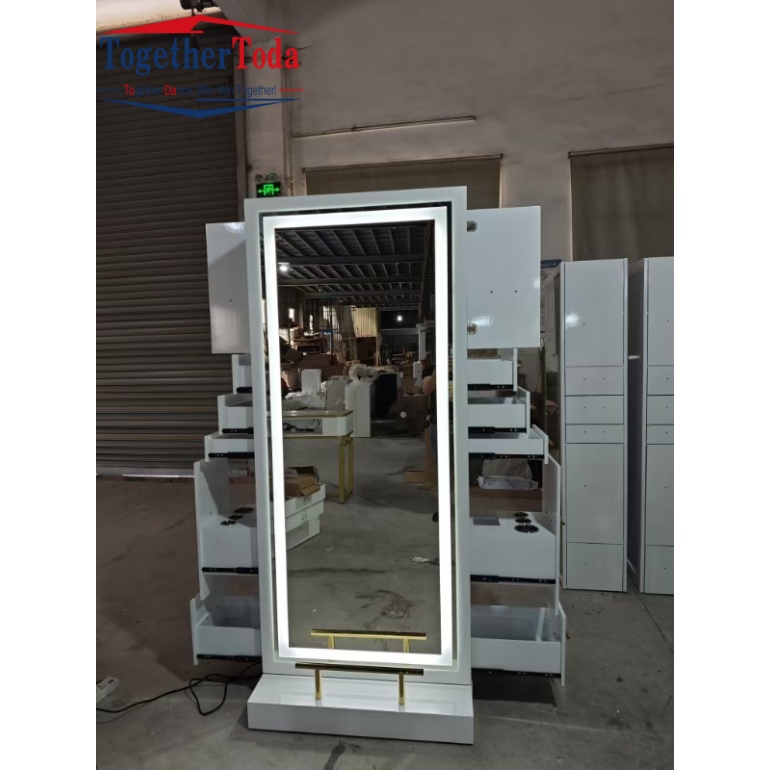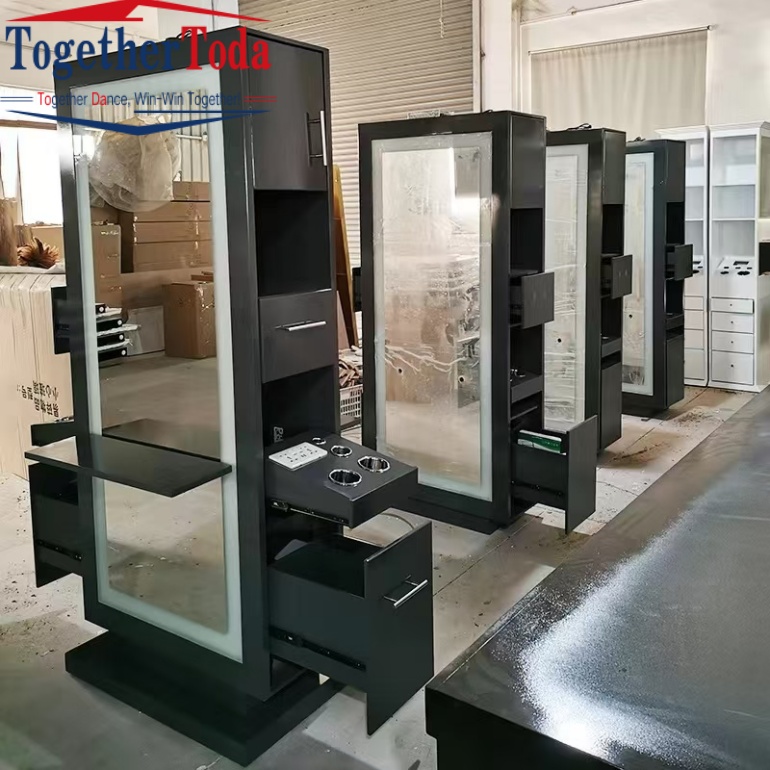Data centers and server rooms are often overlooked, but they play a crucial role in determining the risk level and longevity of IT infrastructure. As the core of a company’s operations, the environmental design of a data center is a top priority. This week, Google faced a major incident when its data center was struck by lightning four times, resulting in about 100GB of data being permanently lost. Some companies took advantage of this situation, while netizens joked about what Google might have done to deserve such bad luck. Today, we’ll explore the correct approach to building and maintaining a reliable data center environment.
In today’s world, people are increasingly aware of environmental factors, including PM2.5 levels. But it's not just about the outside air — the internal environment of a data center is equally important. From temperature and humidity to airflow and dust control, every detail contributes to the reliability and performance of critical systems.
**I. External Environment: Geography, Talent, Policy, and Cost**
**Natural Geography**
Natural disasters like fires, floods, earthquakes, landslides, and tsunamis can be devastating for data centers. In 2008, a fire at a data center in Wisconsin destroyed 75 servers and network equipment, causing significant operational delays. In 2011, a massive earthquake in Japan triggered a tsunami that damaged several data centers, including IBM’s facility in Tokyo. Similarly, Hurricane Sandy in 2012 caused widespread power outages, paralyzing data centers on the U.S. East Coast. These events highlight the importance of selecting a site that minimizes exposure to natural risks.
**Talent Pool**
A strong talent pool is essential for managing and maintaining a data center. Many cities offer incentives to attract skilled professionals, which helps ensure that there are enough qualified individuals to support the facility.
**Policy Support**
Local governments often provide tax breaks, energy subsidies, and other benefits to encourage companies to build data centers in their regions. These policies help reduce operational costs and promote long-term investment.
**Cost Considerations**
Cost is a key factor in choosing a data center location. Companies look for areas with affordable energy, land, and labor. For example, Apple’s Maiden data center benefits from low energy costs, favorable tax policies, and access to clean water and reliable power.
**II. Internal Environment: Temperature, Humidity, Airflow, Dust, and Layout**
Maintaining an optimal internal environment is vital for server performance and longevity. Servers generate a lot of heat, so proper cooling is essential. The ideal temperature range is between 20–22°C (68–70°F), with humidity around 50%. Too much or too little humidity can cause damage, while excessive dust can lead to overheating and component failure.
Proper ventilation ensures that hot air is efficiently removed, and cold air is distributed evenly. A well-designed layout, such as a hot/cold aisle configuration, maximizes cooling efficiency. Cabling should be organized and secured to prevent clutter and improve airflow.
In summary, building a reliable data center requires careful planning, both in terms of external conditions and internal management. By addressing these factors, companies can ensure the stability, security, and longevity of their critical IT infrastructure.











Salon furniture has various types, barber Chairs, shampoo chairs, tool carts, etc.











Salon Furniture,Stylish Salon Chairs,Modern Salon Equipment
Henan Toda Technology Co., Ltd. , https://www.todafurniture.com